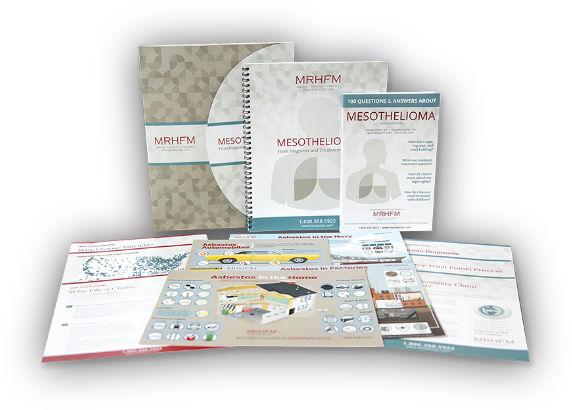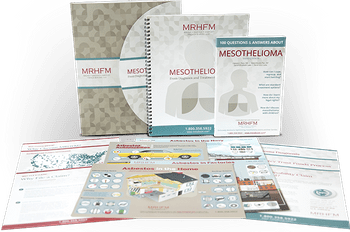Gaskets and packing materials are used by manufacturers in a variety of industries. These materials are often used in pipefitting, pumps, engines, boilers, furnaces, shipbuilding, automobiles and condensers among other applications. Gaskets are used in these industries to bind and seal metal parts while packing materials protect manufactured products during shipping and storage.
Many properties of asbestos minerals made it desirable for use in packing and gasket manufacturing. Asbestos was widely used during the twentieth century because the inexpensive mineral was strong, durable, and resistant to heat and corrosion. Due to the high temperatures produced by many applications requiring gaskets, asbestos fibers were commonly added to materials including rubber, silicone, metal, fiberglass and plastics from which gaskets were cut. Resistance to corrosion was also a desirable quality for many industries that used gaskets to seal pipes containing chemicals, acids, steam and gases. The strength provided by asbestos made it useful for packing and shipping applications, as the mineral provided a strong yet lightweight protective material.
Those who have worked in packing and gasket manufacturing may have been exposed to dangerous amounts of asbestos, which may lead to the development of mesothelioma cancer and other asbestosrelated diseases.
While all workers inside facilities where asbestos containing materials are produced are at risk exposure from asbestos dust in the work environment, those who produced, cut, shipped and installed these materials are at higher risk. Those producing gaskets and packing materials would have been subjected to raw asbestos that was easily made airborne as it was mixed as filler into materials. Those cutting and installing gaskets risked producing asbestos dust as they handled and manipulated materials. Asbestos dust may have also been created by workers packing products for shipment and unloading shipments as they manipulated packing materials to fit products or unloaded products protected by asbestos packing that may have become friable as it was handled during the shipping process.
Once asbestos dust is made airborne it can be inhaled or ingested by those around it. Once the tiny asbestos fibers make their way into the body they can become lodged in organ tissue causing inflammation and scarring that may lead to the development of peritoneal mesothelioma, pleural mesothelioma, or pericardial mesothelioma along with other asbestos-related diseases.
Over the years, millions have been exposed to asbestos. The tragic effects of asbestos exposure in the workplace are only beginning to surface as it generally takes 10 to 60 years for mesothelioma symptoms to develop after the time of exposure to asbestos.
Many of the companies have established trust funds to pay compensation to persons injured by asbestos.
If you have mesothelioma, or other asbestos-related injury, and wish to consult an attorney about your legal rights to compensation, CLICK HERE for a free consultation.





